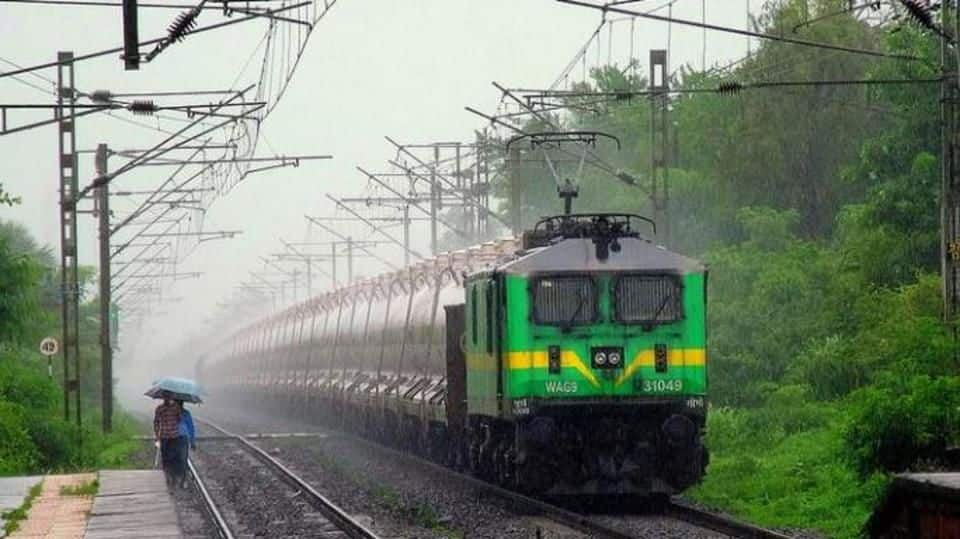
Railways officials manipulating data to show better punctuality records
What's the story
The Indian Railways uses the National Train Enquiry System (NTES) to track trains' movement. Though it allows automatic updation of a train's arrival/departure details at stations, it has come to light that at most places, officials are bypassing it and manually updating records to show improved punctuality. The Railways has now issued a circular directing compulsory implementation of the system with immediate effect.
System
How does the system currently work?
Under the NTES, data about trains' arrival and departure is automatically recorded in the system. The information goes to the central Control Office Application. This system was introduced 4-5 years ago. However, officials have apparently been making it inoperative and entering data manually to display good punctuality records. Officially, Indian Railways is punctual 75% of the time, and the Southern Railway, 84%.
Experiment
Experiments to boost punctuality, provide passengers real-time updates
The Railways issued a circular on December 21 urging immediate implementation of the NTES. An action report is to be sent to the board by December 28. But that's not all. It is also experimenting with the real-time punctuality monitoring and analysis (RPMA), under which GPS-enabled devices will be fitted in locomotives. The technology will boost punctuality, accuracy and safety.
Performance
Railways has earned an additional Rs. 1,579.22cr this year
Indian Railways, the world's fourth-largest rail network, runs 12,000 passenger trains and carries 23mn passengers daily. In a significant development, it has registered an increase of 50mn passengers this year during April-November, an increase of roughly 1% over the corresponding period in 2016. It led to additional earnings of Rs. 1,579.22cr. Such technologies are expected to increase reliability and thus boost revenues even further.